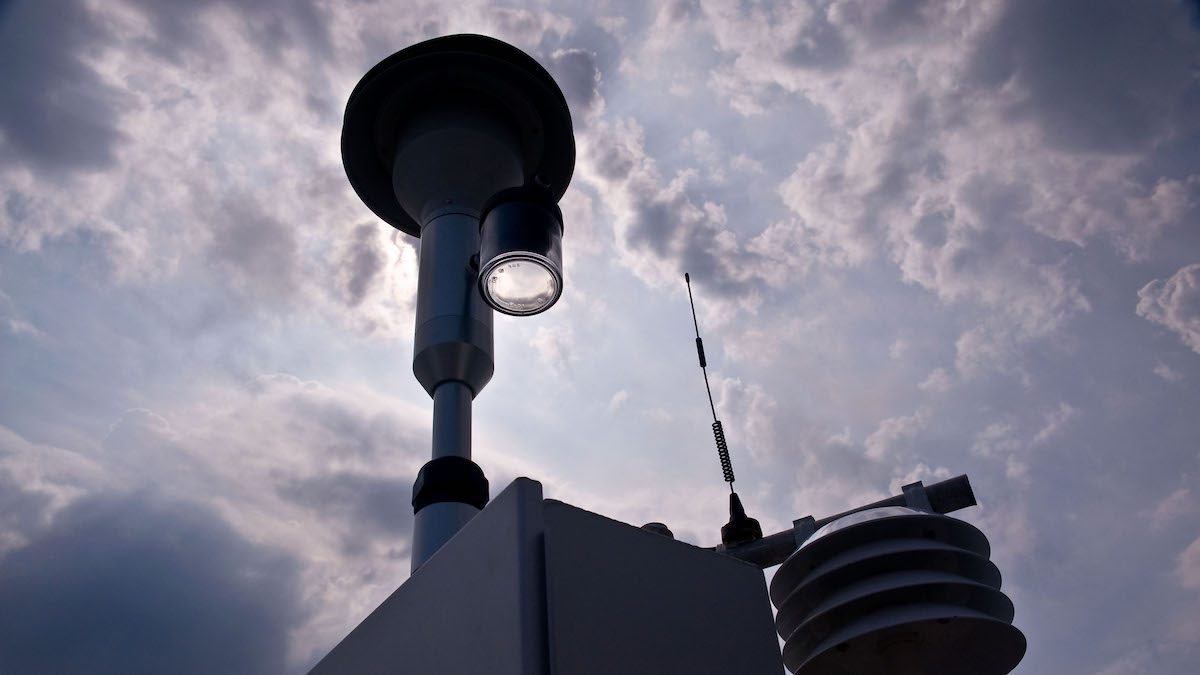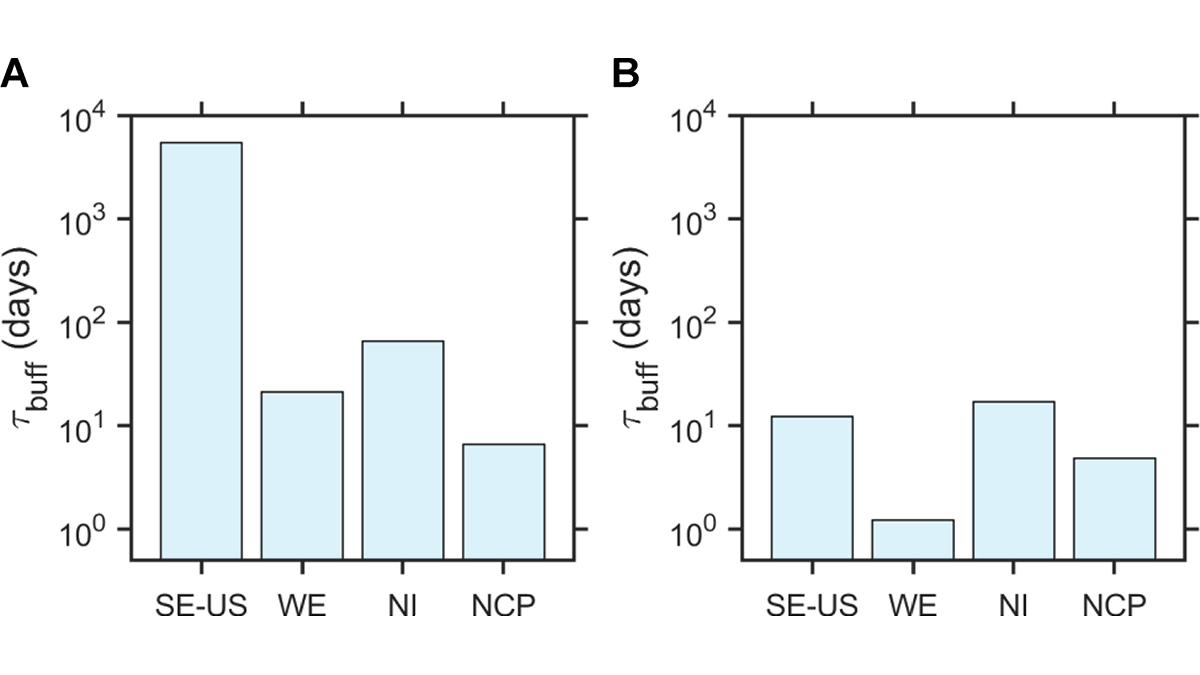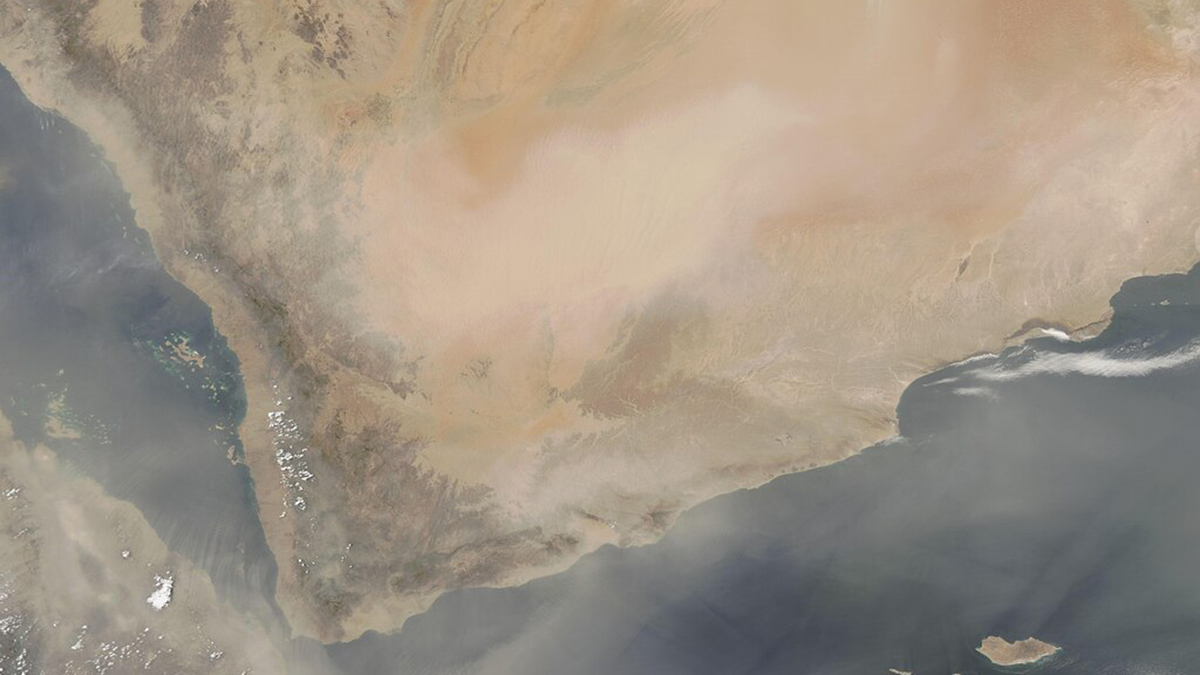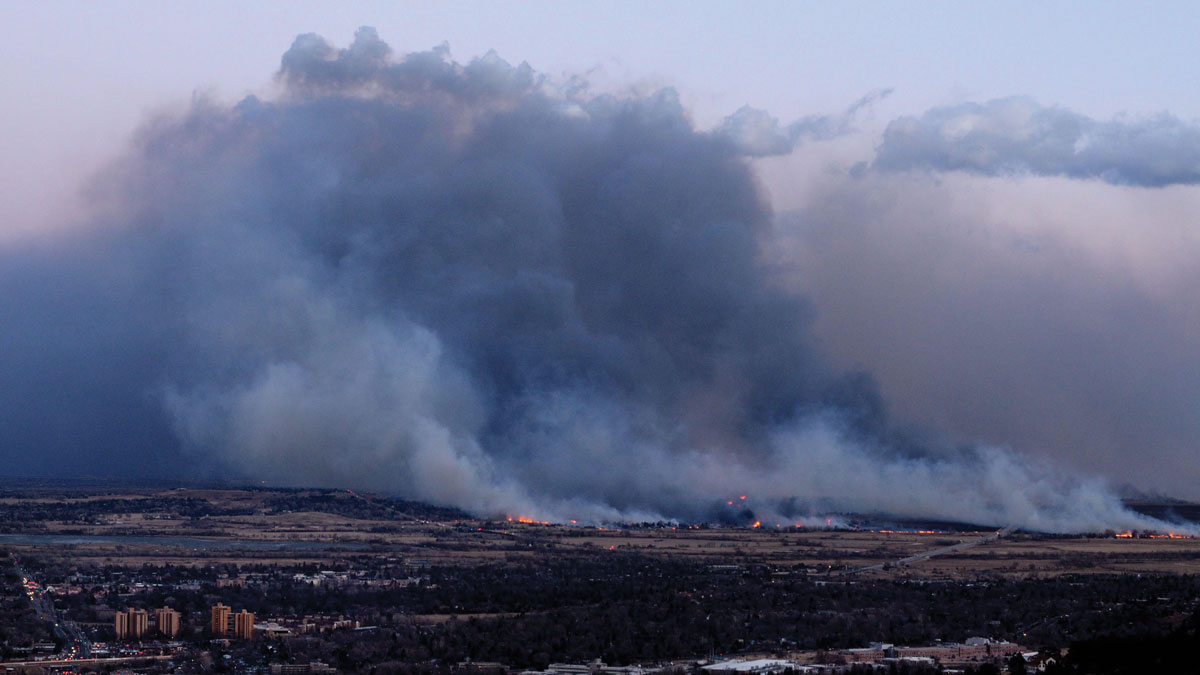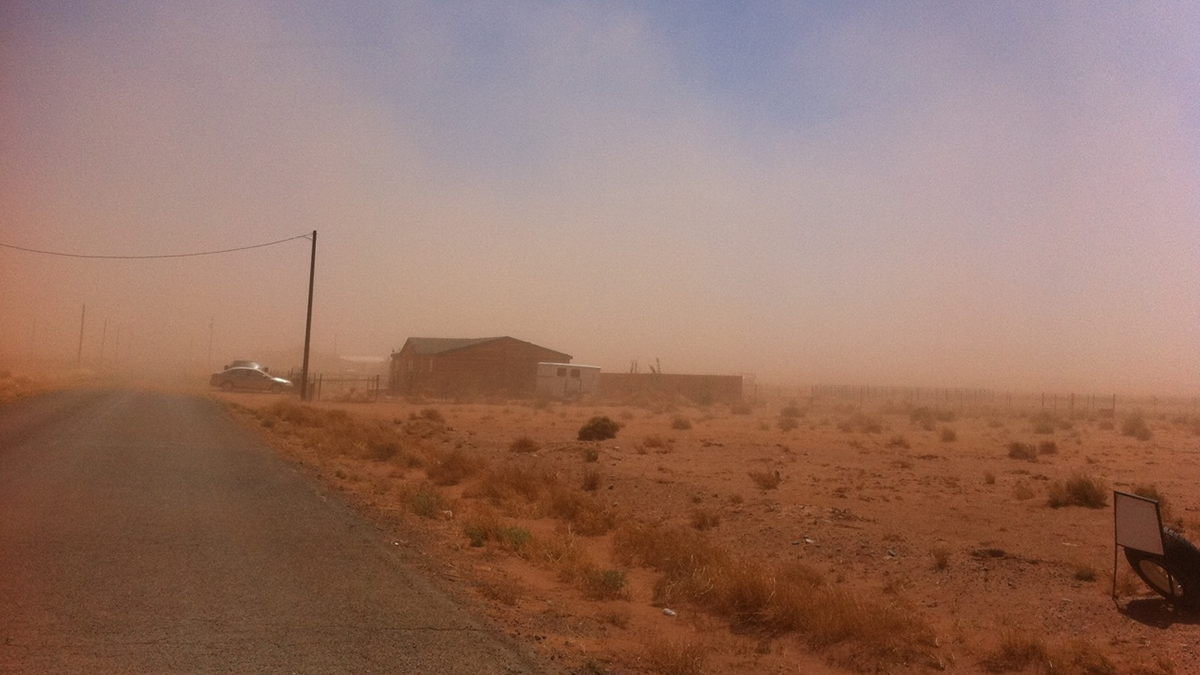Current EPA air monitoring may not capture the extent of particulate air pollution.
air quality
Fixing Pollution from Space Needs Global Coordination
Remote sensing is a tool of choice for monitoring regions for air pollution, but the scale of the problem requires extending geostationary soundings globally.
Buffering by Ammonia Sustains Sulfate Aerosol Production
A new method for evaluating the role of multiphase buffering and acidification reactions on aerosol pH finds that the buffering effect sustains sulfate production from high pH-favored multiphase reactions.
Toxic Ethylene Oxide May Exceed Safe Levels in Cancer Alley
Concentrations of the cancer-causing chemical far surpass EPA threshold levels for safety in southeastern Louisiana.
Dust Declines in Parts of Asia May Be Caused by the Warming Arctic
Rising Arctic temperatures have changed both wind patterns and precipitation in areas that carry dust to West and South Asia, but the change may not be permanent.
An Air Quality Model That Is Evolving with the Times
The pioneering Sulfur Transport and Deposition Model, initially designed to simulate atmospheric sulfur, continues to find new applications and value in environmental science and policymaking.
A Powerful New Model for U.S. Climate–Air Quality Interactions
NOAA’s Geophysical Fluid Dynamics Laboratory has developed a new variable-resolution global chemistry-climate model for research at the nexus of U.S. climate and air quality extremes.
When Fieldwork Comes Home
The impacts of the 2021 Marshall Fire rippled through a community of Colorado geoscientists, spurring them to action.
A Dust-Up Over Dust Measurements
Dust has significant impacts on the environment, climate, air quality, and human health, yet dust events are underestimated and therefore do not receive the level of attention necessary.
Climate Change Turns Up the Heat in Greek Museums
Museums and historic buildings use indoor microclimates to preserve artifacts, but rising temperatures could create a breeding ground for pests, mold, and deterioration.

